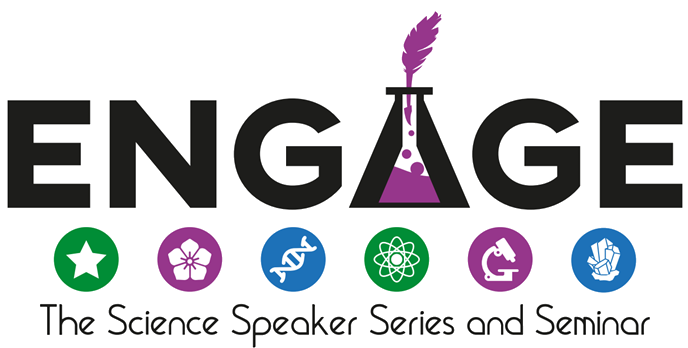ALIENS VS PARASITES: The Hidden Battle Across America’s Freshwater
Zebra mussels densely encrust a rock, overlooking the shoreline of a picturesque lake. Photo by Sam Stukel/USFWS, CC by PDM 1.0
In the mid-1980s, an alien invaded America!
It snuck in through the bustling ports of the Great Lakes then exploded, hopping and skipping west from lake to river to pond, leaving destruction in its wake: algae blooms, diseased birds, and clogged water pipes.
This alien invasion didn’t come from outer space. It came from Eurasia in the form of a tiny shellfish: the zebra mussel. Since being introduced to the United States through contaminated ballast water on shipping vessels, they’ve caused hundreds of millions of dollars in economic damage, as well as fundamentally altered the habitats they’ve settled in1.
One reason these mussels are so devastating is the way they eat. Zebra mussels are filter feeders, which means they suck up lake water and keep all the nutritious plankton as food, leaving none for other animals. Not only does this cause devastating impacts from the tiny plankton up to larger fish and birds that live in the lake, but it may also be harming another crucial part of the ecosystem: parasites.
Parasites, “alien” invasions…. This might sound like a new sci-fi spinoff, but it’s happening across the US. Parasites have a bad reputation, and while it is true that some parasites cause disease in humans, there are countless parasites that exist in your own backyard, unnoticed but playing crucial roles in nature. For example, by harming or killing their hosts, parasites make it easier for more charismatic animals to catch their dinner. One such parasite is the flatworm Euhaplorchis, which has a manipulative way to get from fish to waterbirds. It crawls into the brain of the fish, causing the infected fish to swim erratically and flashily near the surface of the water so it’s easy prey for a waterbird2. The bird gets dinner, and the parasite gets to its final host. Everyone’s happy!
There are countless other parasites just like Euhaplorchis with oversized effects on other creatures. When mussels gobble up plankton, they are eating both potential parasite hosts and actual parasites, so we have reason to believe that parasite populations may be changed by mussel invasion. Without knowing exactly how mussels are affecting parasites, how will we figure out their impact on the rest of the ecosystem?
That’s where my research comes in! Oneida Lake is in picturesque upstate New York, popular year-round for fishing, boating, and ice skating. But even Oneida isn’t safe from alien invasion- zebra mussels first showed up in the lake in 1991 and blanketed the bottom just a year later3. Coincidentally, a research station on the lake has been catching and preserving fishes since the 1960s. These preserved fishes are little time machines: windows into the past state of the lake. By dissecting fishes from before and after mussel invasion, I can study the parasites inside them and learn how mussel invasion changed the parasites of Oneida Lake.
Zebra mussels are continuing their alien invasion across the United States. If you’ve ever driven around eastern Washington or Oregon, you may have noticed “mandatory watercraft inspection stations”4. These are set up specifically to prevent zebra mussels from hitching a ride into the PNW- but given the mussels’ invasion success rate, it may not be a matter of if they arrive, but when. I’m researching how this Aliens vs. Parasites movie would play out in real life to better prepare our beloved PNW rivers and lakes for their own “alien invasion” of the future.
References:
1. Strayer, D. Twenty years of zebra mussels: lessons from the mollusk that made headlines. Frontiers in Ecology and the Environment 7, 3 (2009)
2. Lafferty, K., and Morris, A. Altered Behavior of Parasitized Killifish Increases Susceptibility to Predation by Bird Final Hosts. Ecology 77, 5 (1996).
3. Miehls, A. et al. Invasive species impacts on ecosystem structure and function: A comparison of Oneida Lake, New York, USA, before and after zebra mussel invasion. Ecological Modeling 220 (2009).
4. Washington Department of Fish and Wildlife. Watercraft Inspections. Aquatic Invasive Species Prevention and Enforcement Program (2015).

